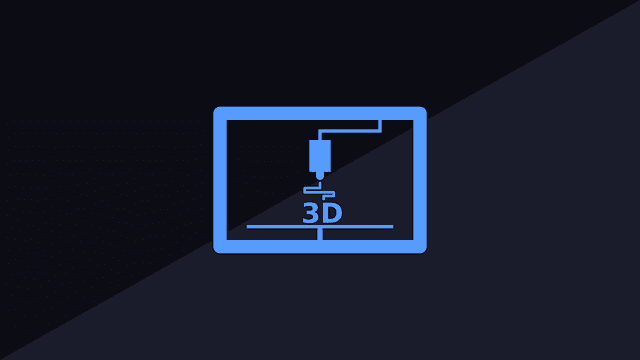
Innovation is seemingly moving at lightning speed in the modern day and there are several different innovations that have helped propel businesses forward. One of the primary examples of this is 3D printing. 3D printing is one of the most exciting and useful technologies out there and it is only getting better and more viable over time.
With that in mind, this article is going to look at 6 industries that 3D printing has changed and the type of role that it has played in each of them.
Manufacturing
Throughout the history of the world, there have been many different manufacturing technologies and tools that have gained traction and become popular. However, very few have been as revolutionary as 3D printing. One of the biggest ways it helps this industry is by making the prototyping process much more efficient.
Various companies and services such as 3ERP are using 3D printing to create models and prototypes for all different kinds of products. Using 3D printing has shown to be a more cost-effective method, while also saving time. Another reason 3D printing has changed manufacturing is because it is only an “additive process”, and there will be no leftover or excess materials, which can be a large waste of course.
Education
3D printing isn’t only to help adults and companies create things, but also children, teens and other students. See, students need to be engaged in order to fully absorb all they are taught and while some lessons are good at this, many don’t do much in the form of engagement. Well recently, this is beginning to change as more and more schools are using desktop 3D printers.
They can help to stimulate a student’s creativity and allow teachers and professors to teach and show things in a whole new way. It can help in a number of different subjects from chemistry, to geography, to physics and engineering, too.
Architecture and Design

3D printing is all about creating objects and projects quicker and more efficient than ever before. As you could imagine, this has a lot of value in the design and architecture space. In addition to helping create materials, 3D printing can be a quick and easy way to show and communicate different ideas to clients.
Major design brands have begun using 3D printing and it won’t be long until most companies use the technology. While 3D printing in this space is currently just for models or smaller designs, it will one day become viable to 3D print entire buildings themselves.
Health
While you might not expect healthcare to benefit from 3D printing, it is actually one of the industries that could benefit the most from it. While we are still pretty far off from being able to print different types of working and operating organs and things like that, those in this industry have been able to recreate body parts such as blood vessels, so the potential for 3D printing in healthcare is massive.
In addition to eventually printing organs, 3D printing can help drug manufactures create a more precise and better pills to house all different sorts of drugs. This sort of smart innovation could help ensure that certain components of the pill are released into the body at the right times, despite being housed in the same pill. 3D printing can also help surgeons practice certain medical procedures, due to the ability to replicate and recreate different types of organs
Automotive
Because of its viability when it comes to prototyping, the automotive industry has had a long interest in 3D printing. This has allowed companies to use and create more designs more quickly. While 3D printing is still largely used just for prototypes in the space, in some cases, end parts are able to be fully 3D printed.
It’s not great for large scale production (at least not yet), but it definitely makes sense for smaller batches or components that are customized. While many large companies won’t start to develop fully 3D printed cars for many years, some smaller manufacturers are starting to create cars completely created by 3D printing, which is exciting.
Defense
As you could imagine, the possibilities for 3D printing in the Defense and military industries are huge. In addition to weaponry, 3D printing will greatly reduce any sort of logistical concerns as it can help realistic prototypes to be created much quickly, which should speed up the overall production process.
Also, 3D printing on large ships and boats will help to create necessary parts without having to wait for them to be shipped or flown out, which can take a long time and be potentially dangerous. While 3D printing is helpful in the space, it is a potentially worrying subject that printing guns via 3D printing is quite simple and there has been a lot of debate on the subject in recent years.
Hopefully this article has helped you learn and understand the various industries that 3D printing has changed. Don’t be shocked to see more and more industries begin to realize and use the benefits that 3D printing can provide.
